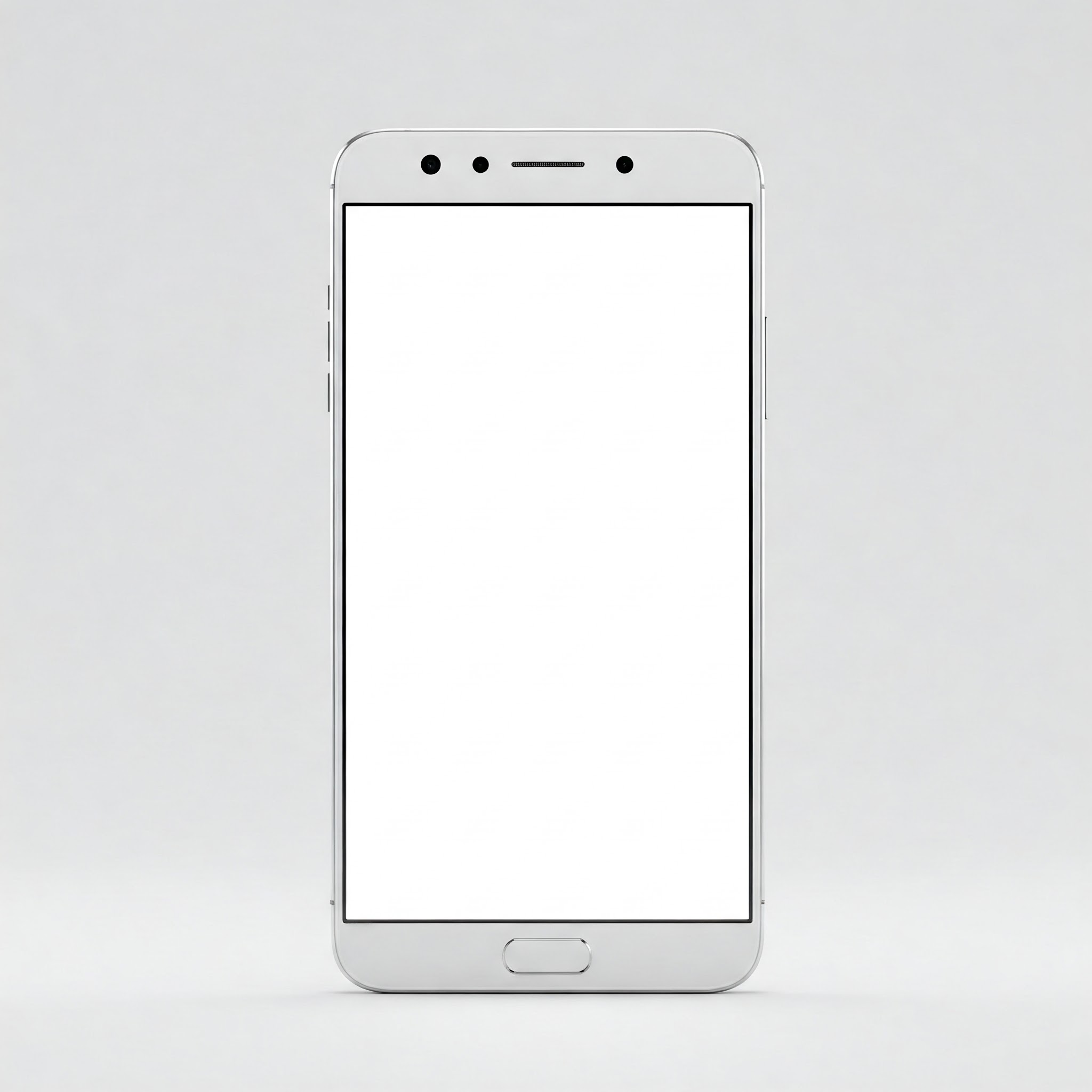Huawei smartphones have become incredibly popular around the world, but some users seek to install a “pure” Android experience or access Google services not available on stock Huawei software. Whether you want a fresh Android OS, more customization, or Google’s apps back, this guide will show you how to install Android on Huawei smartphones safely and effectively.
⚠️ Important Note: Modifying your phone’s operating system may void warranties or introduce risks. Proceed carefully and back up your data first!
Why Install Android on a Huawei Smartphone?
- Access full Google Mobile Services (GMS) like Gmail, YouTube, and Google Maps
- Remove unwanted bloatware or restrictions
- Enjoy a cleaner, faster experience
- Customize your device with custom ROMs like LineageOS or Pixel Experience
What You Need Before Starting
- A compatible Huawei smartphone (unlockable bootloader recommended)
- A Windows PC or Mac with USB ports
- USB cable for your phone
- ADB and Fastboot tools installed on your computer
- A custom ROM file (such as LineageOS, /e/OS, or a GMS-compatible ROM)
- TWRP custom recovery image for your device
- Full backup of all your data (photos, contacts, files)
Step 1: Unlock the Bootloader (If Possible)
Huawei restricted bootloader unlocking after 2018, but for older models or devices with unofficial unlock codes, follow these steps:
- Enable Developer Options:
- Go to Settings → About phone → Tap Build number 7 times.
- Enable OEM Unlocking and USB Debugging in Developer Options.
- Connect your device to the PC.
- Open a command prompt/terminal and type: nginxCode kopieren
adb reboot bootloader - Unlock bootloader command (requires code): cssCode kopieren
fastboot oem unlock [unlock_code]
🔥 Tip: If you can’t officially unlock, some paid services offer unlock codes — research carefully before buying.
Step 2: Install a Custom Recovery (TWRP)
Once the bootloader is unlocked:
- Download the correct TWRP recovery for your Huawei model from twrp.me.
- Boot your device into Fastboot mode.
- Flash TWRP using this command: nginxCode kopieren
fastboot flash recovery twrp.img - Boot into recovery by pressing Power + Volume Up until TWRP appears.
Step 3: Download and Transfer a Custom ROM
Choose a stable ROM compatible with Huawei devices. Some good options include:
- LineageOS – Clean, near-stock Android experience
- /e/OS – Focused on privacy
- Pixel Experience – Feels like Google’s Pixel phones
Transfer the ROM zip file (and optional GApps package) to your phone’s internal storage or an external SD card.
Step 4: Wipe and Install the New Android ROM
Inside TWRP Recovery:
- Tap Wipe → Advanced Wipe.
- Select Dalvik/ART Cache, System, Data, and Cache. Swipe to wipe.
- Go back and tap Install.
- Choose the ROM file you transferred.
- Swipe to confirm Flash.
- (Optional) Install GApps if your ROM doesn’t include Google apps.
Step 5: Reboot and Set Up Android
After installation:
- Tap Reboot System.
- Set up your device like a brand-new Android phone!
- Sign into your Google account and restore apps and settings if desired.
Troubleshooting Common Problems
Bootloops or stuck on logo?
- Reboot to recovery and wipe Cache/Data again.
No Google apps?
- Flash a compatible GApps package.
Error “device locked”?
- Bootloader wasn’t correctly unlocked — revisit Step 1.
Conclusion: Fresh Android Experience on Huawei 🚀
Installing Android on a Huawei smartphone isn’t as difficult as it sounds — with the right tools and a little patience, you can breathe new life into your device. Whether you’re chasing Google’s apps or a cleaner experience, following these steps will help you safely achieve your goal.
Always remember:
✅ Backup first
✅ Use trusted sources
✅ Double-check your device model compatibility
Happy flashing!
Frequently Asked Questions (FAQ)
Q: Can I install Android on any Huawei smartphone?
A: No. Newer Huawei models have locked bootloaders and special security measures. It’s easiest on older devices or models with available unlock methods.
Q: Will installing Android remove Huawei’s restrictions?
A: Yes, flashing a new ROM can bypass regional app restrictions and limitations on Google services.
Q: Is it safe to flash a custom ROM?
A: If you follow instructions carefully, it’s generally safe. However, there’s always a small risk of soft-bricking your device.

